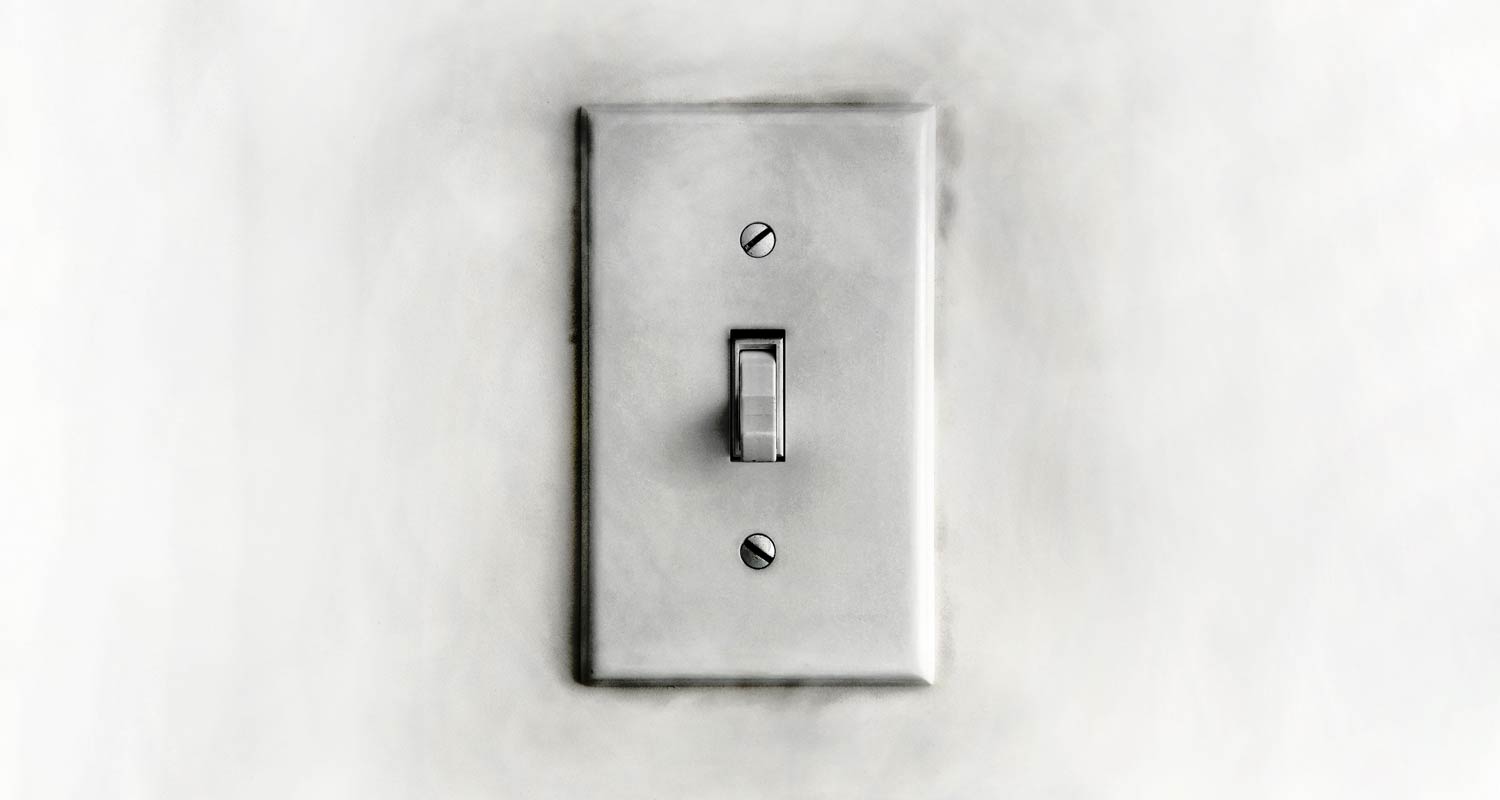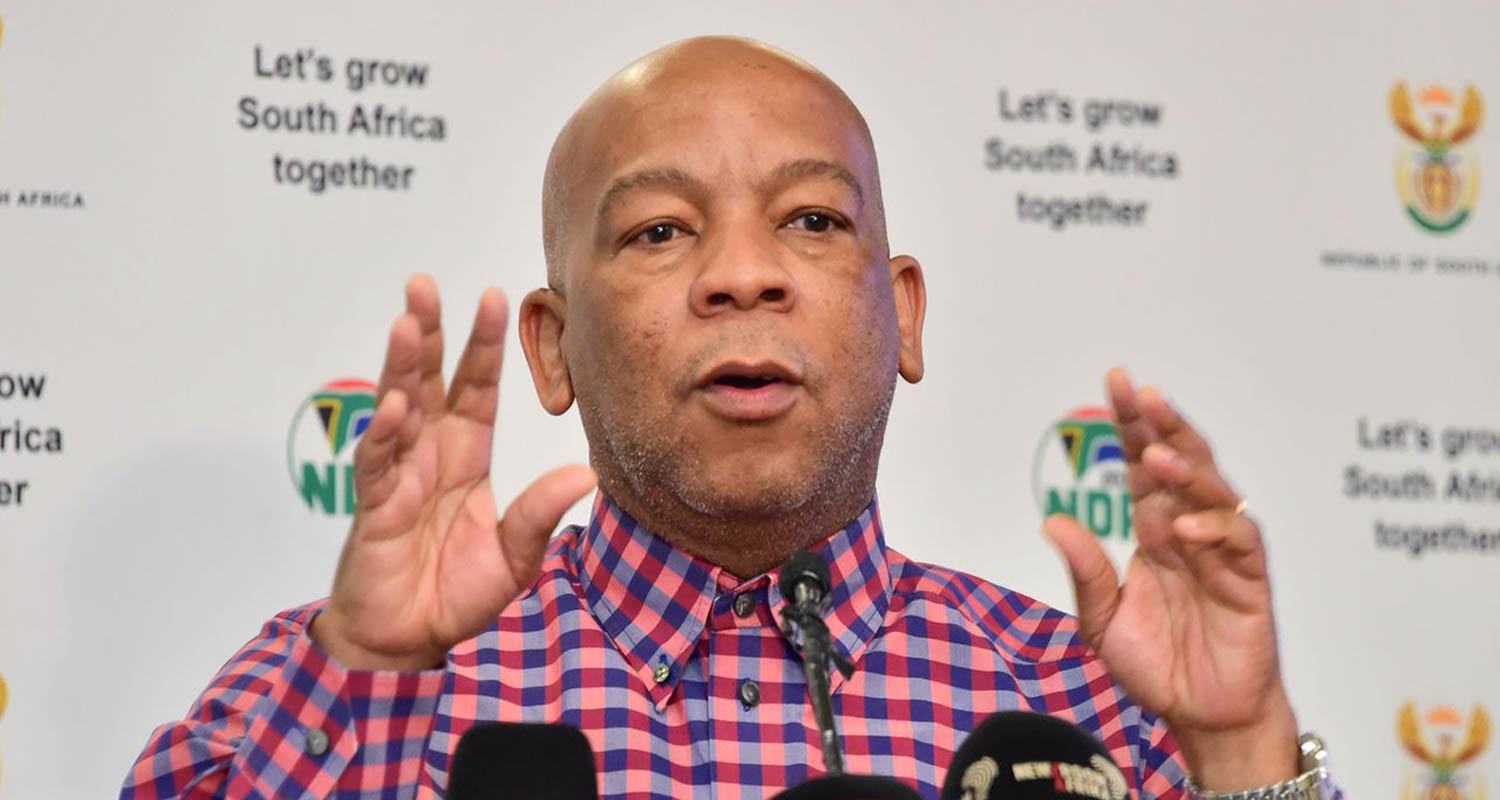 At least 500 public facilities are set to benefit from a donation from China that see them getting alternative power to shield them from load shedding.
At least 500 public facilities are set to benefit from a donation from China that see them getting alternative power to shield them from load shedding.
The donation includes generators, power-supply vehicles and off-grid solar PV energy storage supply systems.
This was announced by electricity minister Kgosientsho Ramokgopa at the signing of a memorandum of cooperation with eight Chinese entities at the Brics summit in Johannesburg.
“Yesterday, we exchanged letters in relation to the technical equipment that will be assisting us to provide sustainable electricity to some of the major public installations like clinics, hospitals and police stations. We are going to get 552 of those units [and] 450 of them are already on the way,” the minister said.
“It means that more than 500 public facilities … are now going to have access to uninterrupted alternative power supply, and thank you to the Chinese for the generous contribution. [The equipment] ranges from 6kW up to 200kW [and] 200kW can support a clinic and a medium-sized hospital, so this is true relief to the South African people.”
The entities
The minister said the Chinese entities have valuable experience and technology. The entities are:
- State Grid Corporation of China
- China-Africa Development Fund
- China Energy International Group
- China General Nuclear Power Corporation
- China National Electric Engineering Company
- Huawei Technologies
- TBEA
- Global Energy Interconnection Development and Cooperation Organisation
“They have experienced a similar problem that we are experiencing now. Second, they have the biggest coal [electricity]-generation capacity of any country in the world. They’ve got the biggest installed renewable energy capacity of any country in the world … about 688GW,” Ramokgopa said.
“The amount of renewables they have is 12 times the size of Eskom. They are sitting on extensive amounts of liquidity. We can tap into that financing, which is concessional and cheaper than any other. They [also] have the biggest installed capacity of nuclear of any country in the world.

“Even before today, almost all of them have been helping us on the generation side and have already generated a number of reports on how best we can improve the issues of performance of the coal-fired powered stations and also reduce the emissions levels, on how to reduce the technical losses on the grid … and what is required in relation to planning and accommodating new renewables on the grid,” he said.




